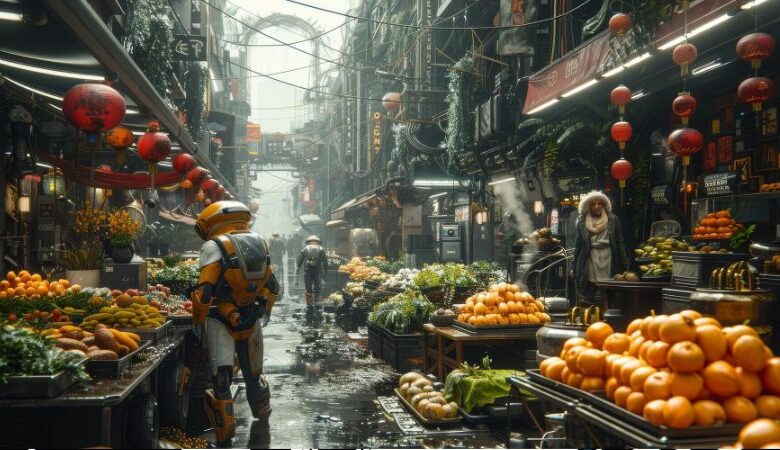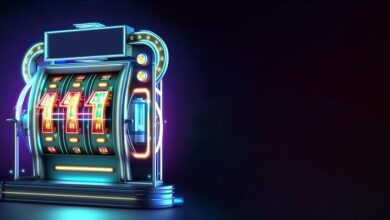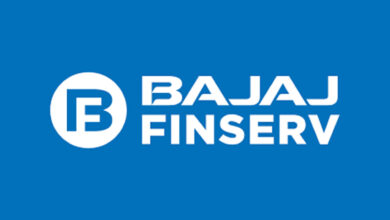The Enchantment of Reclectic: A Journey through Artistic Fusion

where boundaries blur and styles merge, lies the enchanting world of reclectic. This unique genre defies the conventional, weaving together an array of artistic traditions to create something breathtakingly novel. Reclectic art stands as a testament to the boundless creativity of the human spirit, harmoniously blending diverse elements into cohesive masterpieces. It’s a vibrant celebration of contrasts and unity, a reflection of our multifaceted world.
Historical Context
The roots of reclectic art trace back to the late 20th century, a period marked by a fervent desire to break free from rigid artistic norms. It emerged as a response to the increasing globalization and interconnectivity of cultures, mirroring the eclectic tastes of a more interconnected society. Early adopters of reclectic art sought to amalgamate different styles, from classical to contemporary, creating pieces that resonated on multiple levels.
Key Principles
At the heart of reclectic art are the principles of harmony and contrast. It’s about finding a delicate balance between disparate elements, creating a visual dialogue that is both stimulating and coherent. This art form embraces diversity, drawing from various influences to form a rich tapestry of visual narratives. The key is not just in combining elements, but in doing so with an eye for unity and flow, ensuring that each component complements and enhances the others.
Methodologies and Tools
The creation of reclectic art is a process of exploration and experimentation. Artists employ a wide range of techniques, from traditional painting and sculpture to digital media and mixed media assemblages. Tools vary as widely as the styles they integrate, with brushes and canvases sitting alongside graphic tablets and software programs. The methodology is fluid, often intuitive, with artists allowing the piece to evolve organically.
Themes and Styles
Reclectic art is characterized by its thematic diversity. Common themes include identity, cultural fusion, and the juxtaposition of old and new. Stylistically, it can range from abstract to figurative, minimalistic to ornate. The beauty of reclectic lies in its ability to transcend categorization, offering something unique and unexpected with each creation. This versatility makes it a dynamic and ever-evolving genre.
Notable Works
Among the seminal works of reclectic art, a few stand out for their innovative approach and cultural impact. “The Harmony of Chaos” by Elena Dubrovnik is a stunning example, blending Renaissance techniques with modern surrealism. Similarly, “Urban Symphony” by Mark O’Reilly captures the essence of city life through a fusion of street art and classical motifs. These works not only exemplify the reclectic aesthetic but also push the boundaries of what art can be.
Cultural Impact
Reclectic art has had a profound influence on contemporary culture, serving as a bridge between different artistic traditions. It reflects the complexities of modern life, where multiple influences converge to shape our identities and experiences. By integrating various cultural elements, reclectic art fosters a greater appreciation for diversity and encourages dialogue between different artistic communities.
Contemporary Scene
Today, reclectic art is thriving, with artists around the world pushing the genre to new heights. Notable figures include Maya Lin, whose installations merge environmental art with urban design, and Takashi Murakami, who blends traditional Japanese art with contemporary pop culture. These artists are continually redefining what reclectic means, ensuring its relevance and vibrancy in the modern art world.
Exhibitions and Galleries
Several prestigious galleries and exhibitions have become synonymous with reclectic art. The Biennale di Venezia often features groundbreaking reclectic works, showcasing the genre’s global appeal. In New York, the MoMA PS1 is renowned for its eclectic collections, while the Tate Modern in London regularly highlights innovative reclectic pieces. These venues provide a platform for artists to present their work to a broad and diverse audience.

Collecting Reclectic Art
For collectors, reclecic art offers both aesthetic pleasure and investment potential. When collecting, it’s essential to look for pieces that demonstrate a harmonious blend of styles and a clear artistic vision. The market for reclectic art is growing, with increasing recognition of its value and significance. Investing in reclectic art can be both a rewarding and lucrative endeavor.
Challenges and Solutions
Despite its many strengths, recectic art comes with its own set of challenges. Artists often struggle with finding the right balance between different styles and elements. Moreover, the genre’s fluid nature can make it difficult to categorize and market. Solutions include continuous experimentation, collaboration with other artists, and a willingness to embrace failure as part of the creative process.
Future Trends
The future of reclecic art looks bright, with emerging trends pointing towards even greater innovation. There is a growing interest in digital and interactive reclectc art, which allows for new levels of engagement and participation. Additionally, as the world becomes increasingly interconnected, we can expect reclectic art to further explore and incorporate global cultural influences.
Expert Opinions
Prominent recletic artists and critics offer valuable insights into the genre. According to Maya Lin, “Reclectic art is about breaking down barriers and finding common ground through creativity.” Critic Jonathan Fineberg adds, “It’s a genre that speaks to our times, reflecting the complexity and interconnectedness of the modern world.”
Resources for Learning
For those interested in delving deeper into reclctic art, several resources are invaluable. Books such as “The Art of Reclectic” by Maria Espinoza provide comprehensive overviews, while online courses on platforms like Coursera and Skillshare offer practical guidance. Websites dedicated to contemporary art, such as Artsy and ArtNet, regularly feature articles and updates on reclectic trends.
Conclusion
In summary, reclectic art is a captivating and ever-evolving genre that celebrates the beauty of diversity and the power of artistic fusion. Its ability to blend different styles and elements into harmonious masterpieces makes it a unique and vital part of the contemporary art scene. As we continue to explore and push the boundaries of creativity, reclectic art will undoubtedly remain a source of inspiration and innovation.



